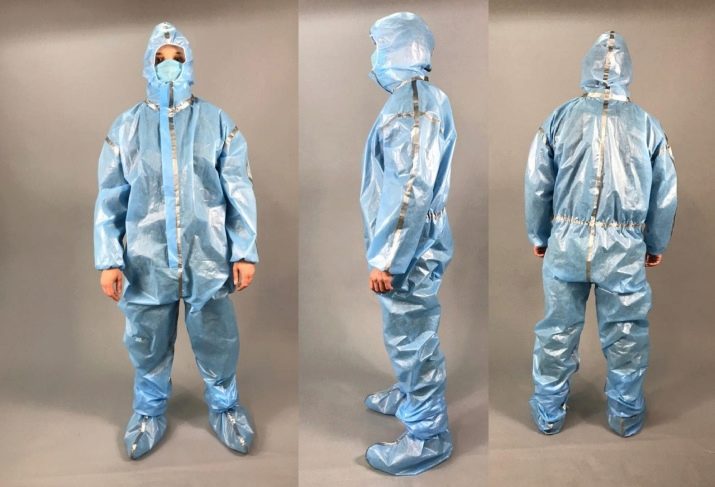What is spunbond and where is the fabric used?
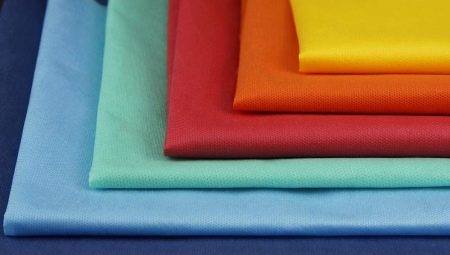
Every summer resident is familiar with such material as spunbond. This type of agrofibre is widely popular in the field and is used as a covering and mulching material. But the scope of its application is not limited to this. Additional abilities and features of the spunbond will be discussed later in the article.
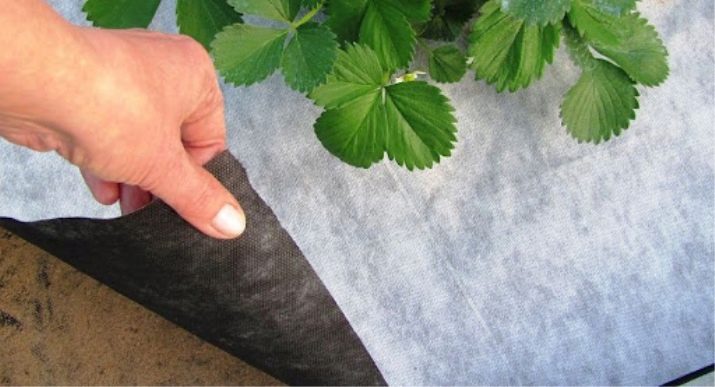
general description
Spunbond is a lightweight yet incredibly durable material. It belongs to the group of synthetic fabrics, homogeneous, a faint geometric pattern is visible on the surface. The material is non-woven, weaving looms are not used in its manufacture.
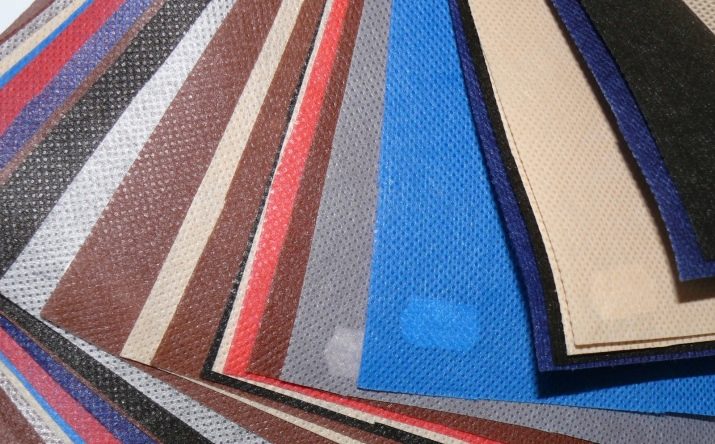
Such a subspecies is made as follows.
-
First, the polymer (polypropylene) is melted. This material can be either granular or powder.
-
Next, a spinning machine is used. Passing through its holes, the liquid raw material turns into special fibers.
-
The resulting yarns are placed on a conveyor, and their transformation into a single web begins. Several techniques can be used for this, but the most popular is called thermal bonding. It is carried out using an apparatus that has two large shafts. It is thanks to them that the fibers are pressed.
-
At the final stage of production, the fabric can be impregnated with various components. They increase resistance to moisture and sunlight. And also the finished spunbond can be painted, but the range of colors is small.

Properties
Spunbond has a number of special qualities.
-
Environmental friendliness. The fabric is made up of special fibers that do not harm the plants. The release of toxic substances into the ground and tissue of crops does not occur either in cold or extreme heat.
-
Creation of an optimal microclimate. This geotextile creates a healthy microclimate for soil and plants. The material transmits light well, but moisture does not pass through it. In addition, the linen retains heat.
-
Strength. Over time, the fabric does not wear out, does not begin to tear. No rusty areas appear on it. The material is resistant to the effects of various kinds of chemistry.
-
Ease. Even large rolls of spunbond are lightweight. Therefore, the fabric can be easily used even when caring for plants alone and for other purposes.
-
Ease of use. It is very easy to work with such material. Its edges do not crumble at all.
-
Low price. Spunbond rolls are available to people even with low incomes, because they are quite inexpensive.
-
Fire safety. The material is very resistant to high temperatures. It will melt, not burn.
-
The presence of two active parties at once. Each side of the spunbond has its own characteristics. Therefore, summer residents can use it to achieve completely different results.
-
Weak electrification. Spunbond practically does not electrify, so you will avoid accidental electric shocks in 99% of cases of its use.
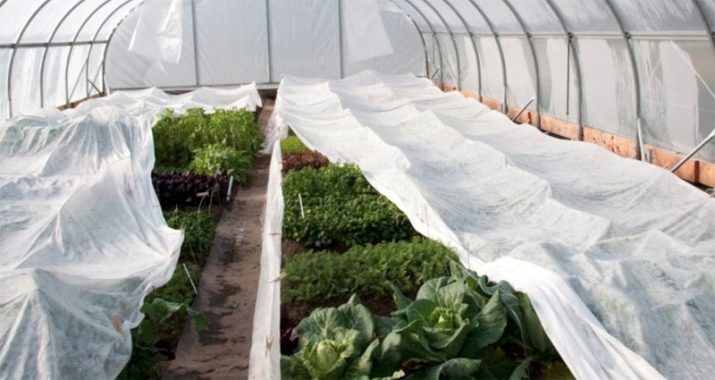
Spunbond does not have any special negative characteristics.
Of course, this is not a natural canvas, this must be taken into account if you are going to use it outside the theme of the garden and vegetable garden. In addition, the fabric does not allow air to pass very well, if not ventilated, crops can rot.
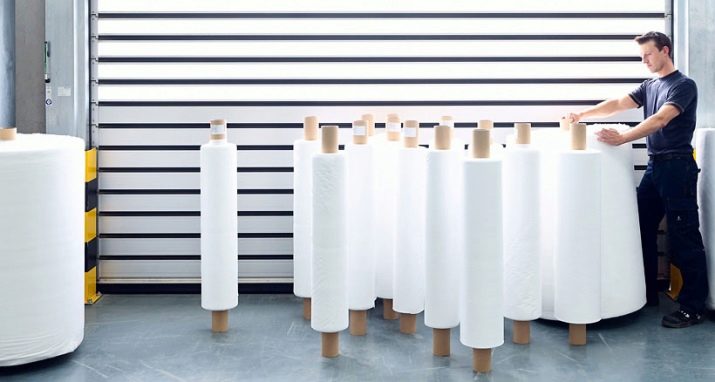
Views
The described material can be divided into several varieties.
- Agrofibre. This subspecies can be painted in different shades. The most popular are black and white. The material restrains aggressive sun rays, does not deteriorate under their influence.
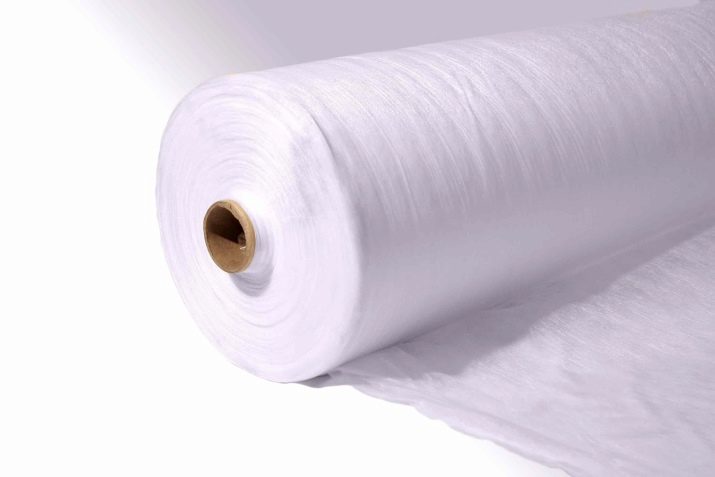
- Multi-colored fabric. Such fabric can be used in the design and sewing of clothes. If the fabric is two-layer, then it is quite possible to use it in gardening.
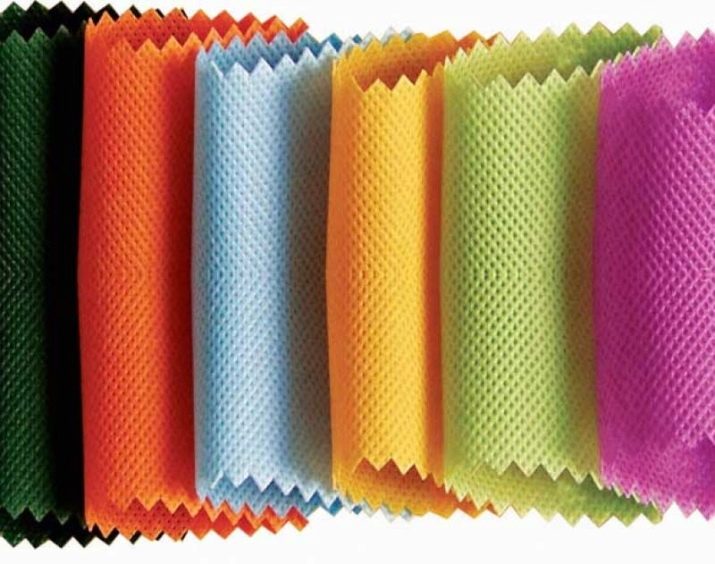
- Foil material. It is a special type of fabric that promotes faster growth of horticultural and horticultural crops.
Has reflective properties.
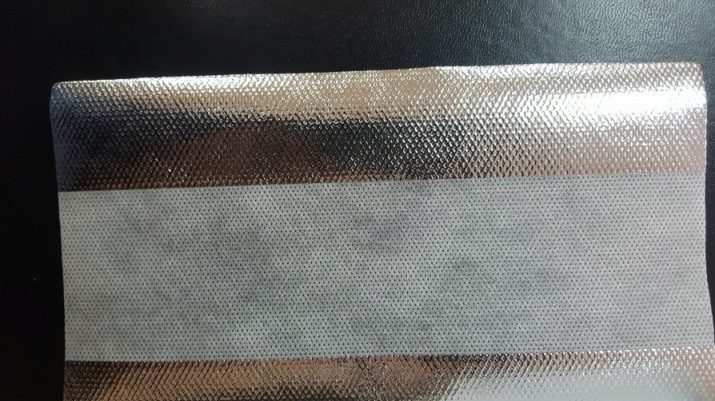
- Reinforced. This type of material is the most expensive. It is used in the construction of greenhouses and greenhouses on the plots.
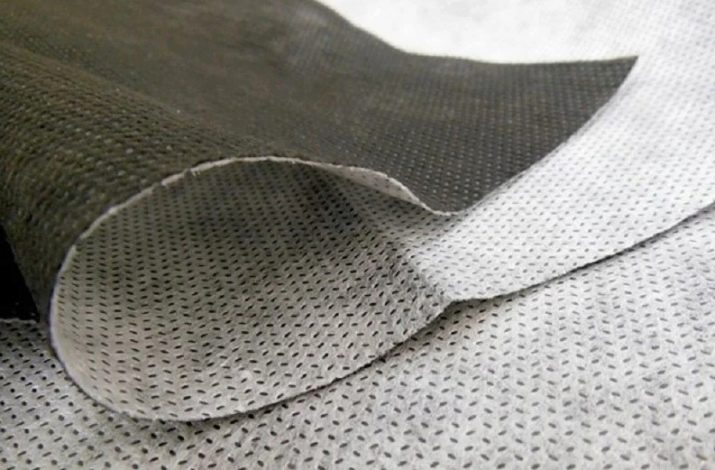
- Laminated. The main component of this spunbond is polypropylene. Neither air nor sunlight passes through such a fabric.

Materials can also vary in density. For example, a white spunbond can have a density of 17, 30, 42, 60 grams per square meter. Black usually comes in 50 or 60 g / m2 weights. These are the indicators that relate to agrofibre. Models with a density of 80 to 150 g / m2 are needed in the production of furniture. Those with indicators of 15-150 g / m2 are mostly used in medicine or the textile industry. Density from 150 to 600 g / m2, provided by needle-punched production technology, is useful in construction.
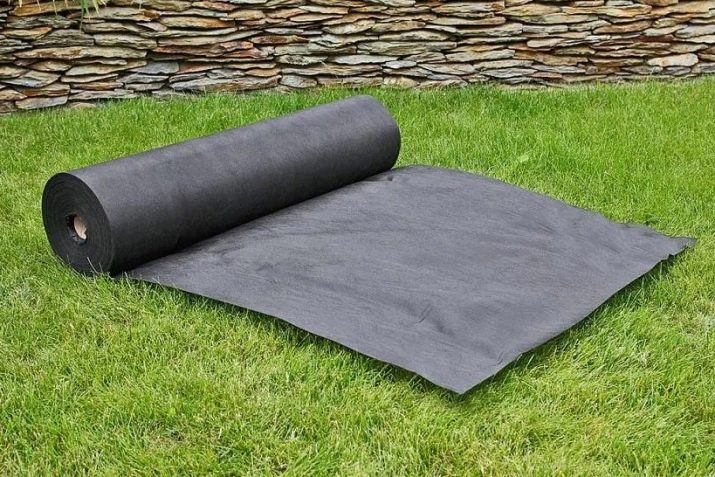
In addition to density, material can also vary in thickness. There are the following varieties:
-
thin (less than 20 microns);
-
medium (up to 40 microns);
-
thick (50 microns or more).
Top manufacturers
A lot of companies are engaged in the production of spunbond in Russia, among them there are factories. Almost all manufacturers supply high quality raw materials to the market, since the technology for their production is the same everywhere.
You should pay attention to several companies:
-
Ivanovskaya Polymer Company (Ivanovskaya Oblast);
-
"Netkanika" (Moscow);
-
Spanlab (Ivanovo);
-
"Kotovsk plant of nonwovens" (Kotovsk);
-
Akira (St. Petersburg);
-
Agrosetka-Yug (Rostov Region);
-
Volga-Medical (Nizhny Novgorod);
-
Geoplast (Nizhny Novgorod);
-
Lovex (Pyatigorsk);
-
NKG-Engineering (Yekaterinburg).
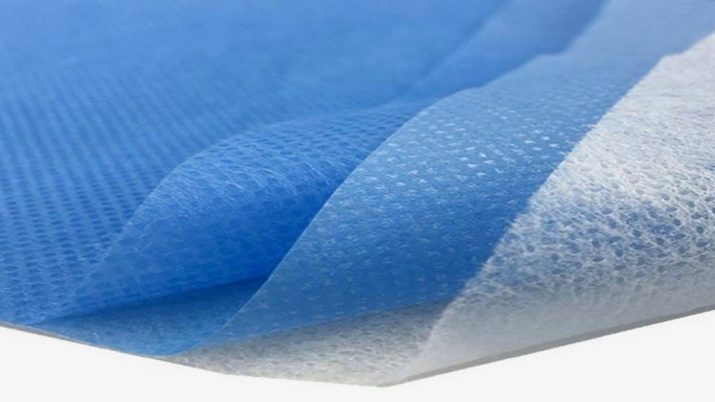
The firm is also very popular in the country. LLC "Geomaterials"... Its assortment includes not only different types of spunbond, but also geonets, geomembranes, lawn gratings and more.
The best manufacturers of medical spunbond are considered "Hexa - nonwovens" (spunbond of different density and different shades), KBK "Polymer" (white and blue materials), "Polymatiz" (fabrics with a different number of layers, there are also laminated options).

If we talk about foreign types of material, then the following good manufacturers can be distinguished:
-
Lutrasil (Germany);
-
Agril (France);
-
Agrin (Ukraine);
-
"Plant-Protex" (Poland).

Application
Now it is worth considering the main areas of application of spunbond.
- Summer cottages. Here spunbond can act as a covering and mulching material. It inhibits the growth of weeds, protects plants from the aggressive sun, and prevents moisture evaporation.
Promotes heating of the soil, which allows crops to grow more actively.
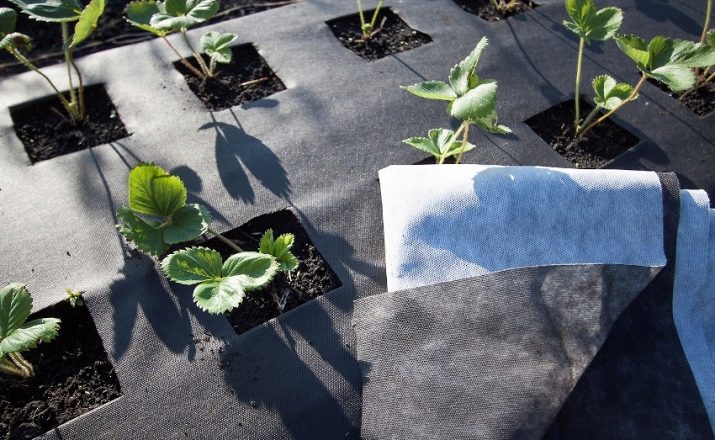
- Construction. In this area, spunbond is mainly used as a foundation for protective membranes. Very often it is placed as an additional layer between the wall and the finishing material. Such walls are always more durable. Use fabric for vapor barrier when laying road surfaces.

- Medical industry. Spunbond is widely used here. It can be used to make masks and disposable gowns for doctors, sterile wipes for cleaning wounds and seams, shoe covers, hats, sheets. An additional plus of such tissue in medicine is the ability to repel moisture, which means that the tissue will not be soaked in blood.
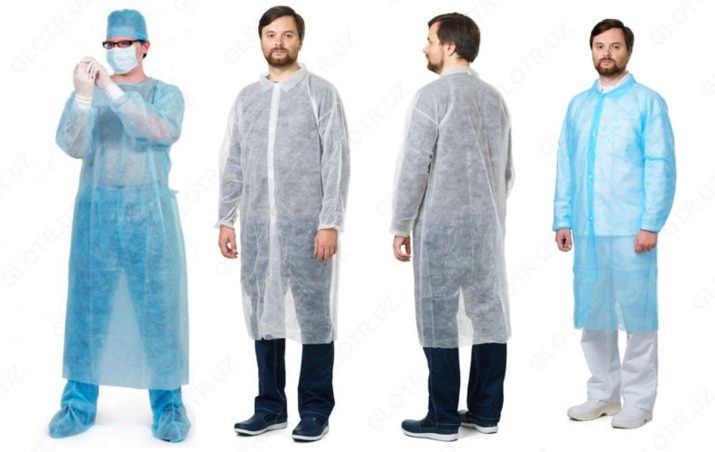
- Special clothing. This includes aprons and hats for café and restaurant chefs, aprons for hairdressers and capes for beauty salons. In addition, excellent slippers are made from spunbond. They can be used in hotels, saunas and other similar institutions.

- Sewing clothes and accessories. Here, the material is used as a cushioning material. Such layers strengthen clothing, preventing it from stretching and deforming. In addition to clothing, spunbond is used for sewing bags, car covers.
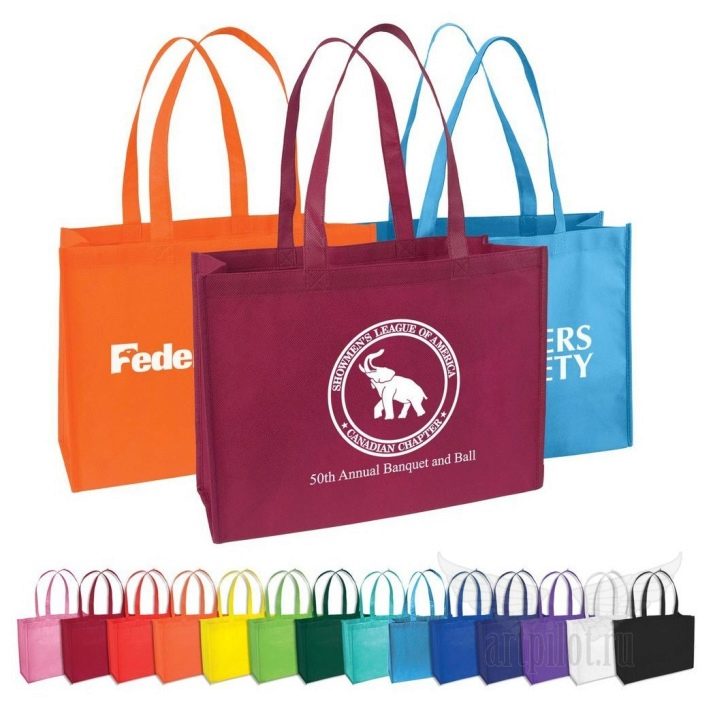
- Hygienic products. Due to the fact that spunbond is hypoallergenic and quite pleasant to the touch, it is often added to feminine hygiene products, as well as diapers for children.

- Landscaping. With the help of this material, you can well strengthen the slopes, various sites, avoid crumbling and subsidence of the earth. For the same reason, fabric is also used to reconstruct train tracks.
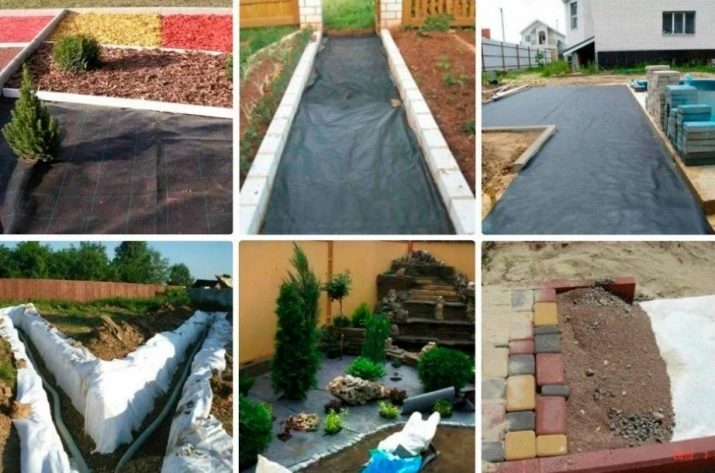
- Furniture manufacture. Here spunbond is placed as a separating layer between the upholstery and the interior of the sofa or bed. And also this material can be found in mattresses. The fabric maintains the shape of the products, prevents them from deforming.
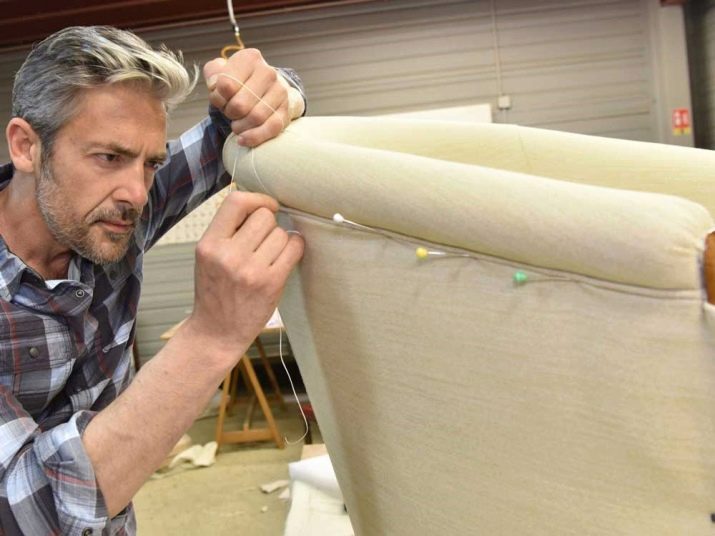
- Filters release. The described fabric can be used to create a wide variety of filtration systems: from conventional respirators to automobile and vacuum cleaner filters.
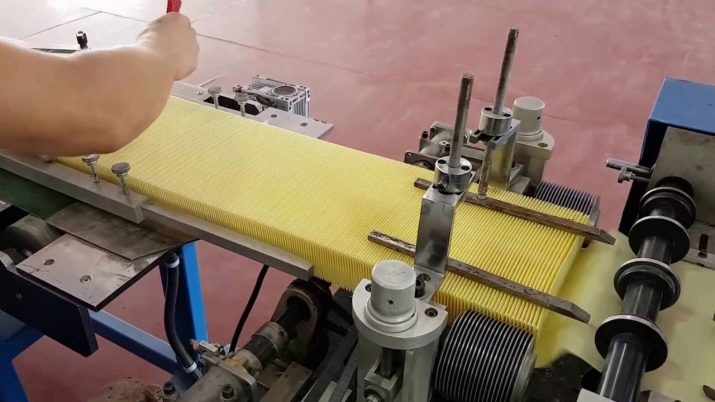
- Packaging products. The fabric is actively used to create special covers for storing clothes, linen, bedding.
It does not collect dust, does not electrify, and is available in various attractive colors.
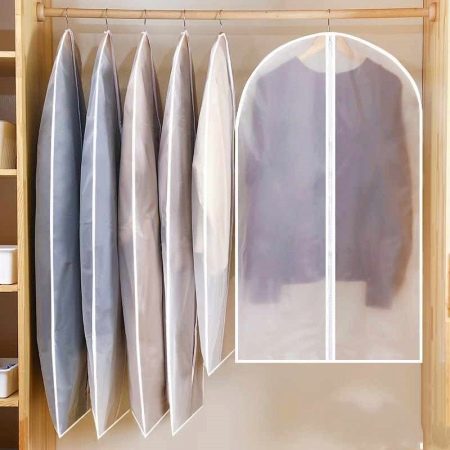
In addition, various bags and shopping bags are often produced from spunbond. Nowadays, when people finally began to think about the ecology and cleanliness of the planet, such a decision looks more than reasonable.
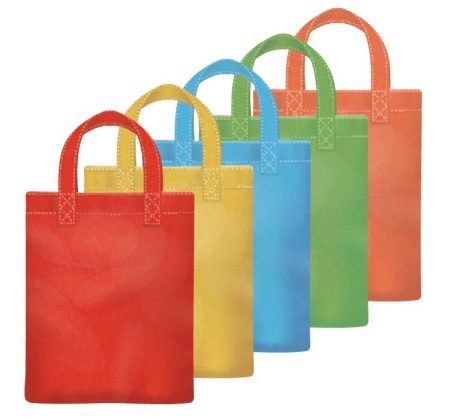
Care Tips
Taking care of spunbond products is a snap. If these are disposable variations, for example, medical clothing, then they generally do not need care, but must be disposed of after use.
Agrofibre for areas should be disinfected with special preparations to prevent the growth of bacteria and parasites.

If we are talking about covers, bags, any storage organizers, then, as a rule, they are not washed, but cleaned with a dry clean cloth or mild cleaning agents. The same items that require more thorough cleaning, such as aprons and other workwear, can be machine washed. To do this, select low temperatures and non-aggressive detergents. The mode is selected without spinning.After the procedure, the item is straightened and hung out to dry on the balcony or outside. The product must not be placed on the battery. In addition, ironing spunbond items is also prohibited.
